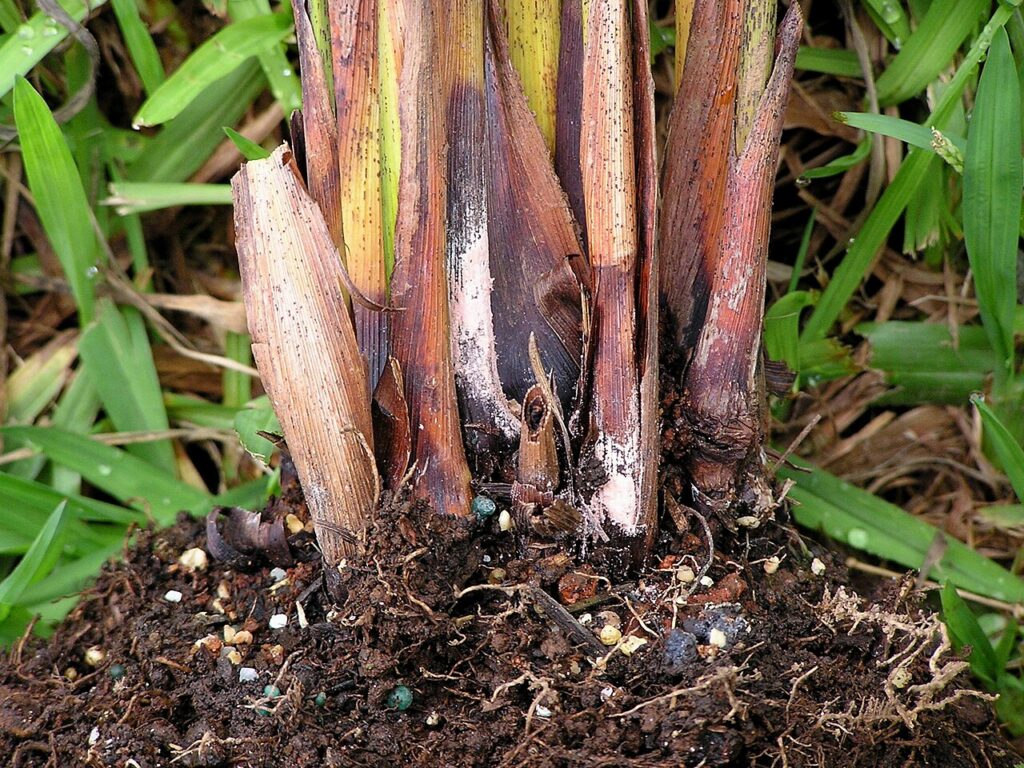When it comes to houseplant care, one of the most overlooked yet vital factors is proper drainage. You might be more familiar with the importance of watering schedules, light conditions, and the right type of soil, but without the proper drainage system, your plant’s health can quickly decline, regardless of how well you water or fertilize it.
In this guide, we’ll explore why proper drainage is essential for houseplants, how to ensure your plants have the drainage they need, and what can go wrong if you neglect this crucial element.
What is Proper Drainage for Houseplants?
Proper drainage refers to the ability of a plant’s pot and soil to allow excess water to escape freely after watering. When a plant pot has adequate drainage, any water that doesn’t get absorbed by the roots will flow out of drainage holes at the bottom of the pot. This helps prevent water from collecting at the bottom, which can lead to several issues like root rot, fungal infections, and poor aeration for the roots.
Why is Proper Drainage So Important?
1. Prevents Root Rot

Root rot is one of the most common problems houseplants face, and it’s often caused by poor drainage. When water sits at the bottom of a pot without draining, the roots are left in standing water. This stagnant moisture deprives the roots of oxygen, causing them to suffocate, decay, and eventually rot. This leads to a slow and often irreversible decline in your plant’s health.
2. Promotes Healthy Root Growth
Roots need both water and air to thrive. When drainage is adequate, excess water can escape, allowing oxygen to reach the roots. Good drainage ensures that roots have enough space to breathe and access both moisture and air, which are essential for growth. Without this balance, your plant’s root system can become weak, stunted, or unhealthy, and your plant will struggle to grow properly.
3. Reduces the Risk of Fungal and Bacterial Diseases
Excess moisture in a pot can create a breeding ground for harmful bacteria and fungi. These microorganisms thrive in wet, stagnant conditions and can cause a variety of diseases, including mold growth, fungus gnats, and bacterial infections. Proper drainage helps prevent these conditions by allowing water to exit quickly, keeping the soil’s surface drier and healthier for your plant.
4. Improves Soil Aeration
When water drains properly, it helps keep the soil from becoming compacted. Compacted soil can restrict root expansion and reduce the flow of oxygen to the roots, leading to poor plant health. By allowing water to escape, good drainage helps maintain loose, aerated soil, providing a better environment for root development.
5. Prevents Overwatering
Proper drainage helps you avoid the danger of overwatering, which can happen when water has nowhere to go but remain trapped in the pot. Even if you’re careful not to water too frequently, poor drainage can still result in excess water accumulating in the pot, leading to root rot and other water-related issues.
How to Ensure Proper Drainage for Your Houseplants

Now that you understand the importance of drainage, let’s look at some practical ways to ensure your plants get the drainage they need.
1. Choose Pots with Drainage Holes
This is the most basic step. Always select a pot that has one or more drainage holes at the bottom. These holes allow excess water to escape and prevent the soil from becoming waterlogged. If you fall in love with a decorative pot that doesn’t have holes, it’s a good idea to use it as a cachepot (a pot that holds the plant’s pot) and place a pot with drainage inside it.
2. Use a Well-Draining Soil Mix
Even if your pot has drainage holes, the type of soil you use also plays a critical role in drainage. For example, cacti, succulents, and some other plants prefer soil that drains quickly, while tropical plants may benefit from a moisture-retentive mix. Choose a soil mix that suits your plant’s needs—many commercial potting soils already have a balance of organic material and sand or perlite to promote good drainage.
4. Repot When Necessary
Plants grow, and so do their root systems. If you notice your plant’s roots growing out of the drainage holes or it’s become rootbound (where the roots have grown so large they’re tightly packed inside the pot), it’s time to repot. A rootbound plant cannot absorb water and nutrients efficiently, so regular repotting will ensure the plant has enough room for healthy root growth and proper drainage.
5. Watering Techniques
Even with good drainage, it’s important to avoid flooding your plants with water. Instead of watering the plant continuously in a single sitting, try watering it in stages, allowing the water to soak in and drain before adding more. This will help ensure that water is absorbed evenly and excess moisture escapes. Always check if the water is draining from the bottom after watering to make sure the drainage holes are not blocked.
What Can Happen Without Proper Drainage?
Without proper drainage, your plant will face a variety of issues:
- Root Rot: As mentioned, stagnant water leads to root rot, which can be fatal if left untreated.
- Wilting and Yellowing Leaves: Plants with poor drainage often display signs of stress such as wilting or yellowing leaves, even if the soil feels damp.
- Stunted Growth: Inadequate drainage means that roots can’t access the oxygen they need to expand and absorb nutrients, leading to slowed or halted growth.
- Pests and Diseases: Excess moisture creates a welcoming environment for pests like fungus gnats, which are attracted to the damp conditions. You might also see mold or mildew on the surface of the soil.
Signs of Poor Drainage and How to Fix It
- Water Pooling at the Surface: If water pools at the surface and doesn’t soak in, your potting mix may be too dense. Consider switching to a lighter mix with more perlite or sand.
- Stagnant Water in the Saucer: If you notice water sitting in the saucer under your pot, it’s a clear sign that drainage isn’t functioning properly. Empty the saucer after watering and check the drainage holes to ensure they’re not blocked.
- Root Rot Symptoms: If you see blackened, mushy roots, or notice a foul smell when you pull your plant out of the pot, it’s likely a sign of root rot caused by overwatering in a pot with poor drainage.
Proper drainage is one of the simplest yet most crucial elements of houseplant care. It impacts everything from root health to growth and disease prevention. By choosing pots with drainage holes, using the right soil mix, and following appropriate watering techniques, you can prevent the most common plant problems and create a healthy environment for your houseplants to thrive.
Remember, a little extra attention to drainage can save you from much bigger problems down the road. Your plants will thank you with lush growth, vibrant foliage, and a long, healthy life. 🌱

